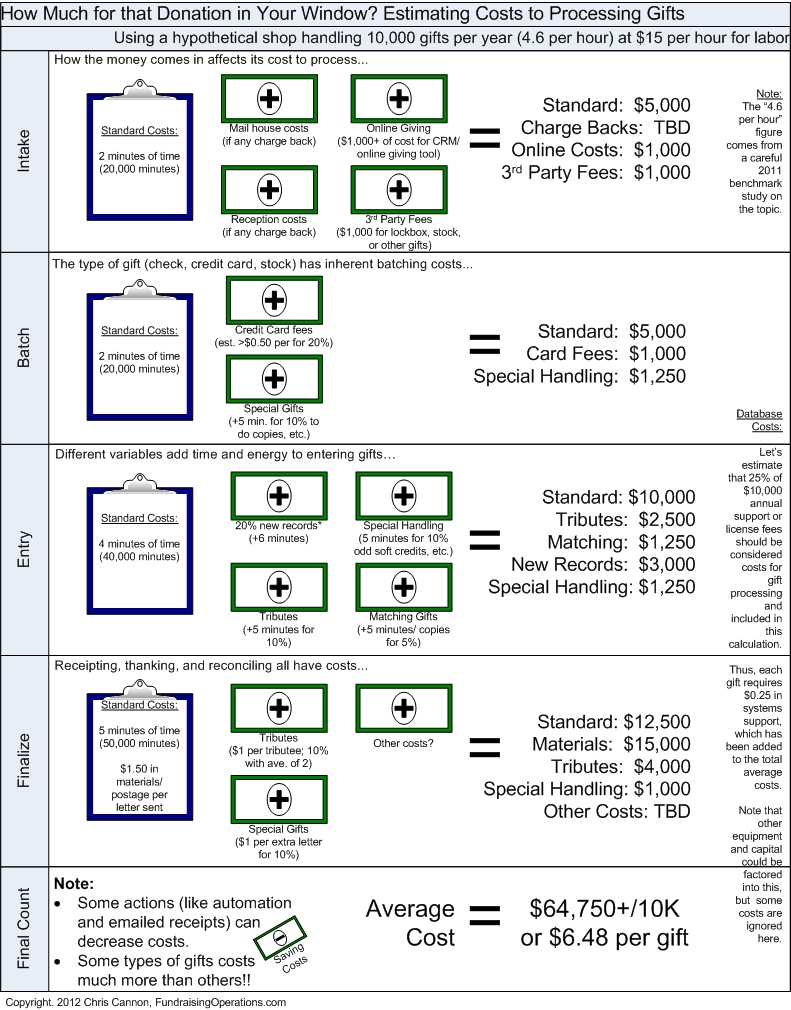I’m no CPA, nor am I a lawyer. So, the tip here isn’t about taxes, per se. Instead, this quick note is to encourage your team to use tax time as a stewardship touch. Advancement services, aka fundraising operations, gets caught at the wrong end of the 80/20 rule around tax time. We sometimes focus so much on volume (i.e., everybody gets a year-end statement) that we sacrifice quality. I’m not referring to accuracy but instead volume of effective touches. So, as April 15th comes along this year, commit your team to this top-focused, tax tip:
- Use tax time to ensure that every major prospect and donor gets a spring-time touch–in-person, call, or mail, in that order of preference.
- Create lists of “last fiscal year” donors who deserve a call to ensure that they have everything to support their giving.
- Engage portfolio managers to connect with every assigned individual along these lines. Non-donors could be contacted with a special script designed to engage them for the current year or reflect back on previous year’s giving.
- Make it a habit to go beyond any year-end giving statement for your best donors. Consider linking a tax message to a calendar year impact statement, complete with response devices for your donors.
Data suggest that donors claim that tax deductibility is minor driver for gift decisions. Nonetheless, every American donor has potential gain from such tax issues, so your team should be prepared to engage every donor in the next few weeks to ensure that your organization’s gratitude–and ongoing worthiness and need for future support–are front-and-center.
